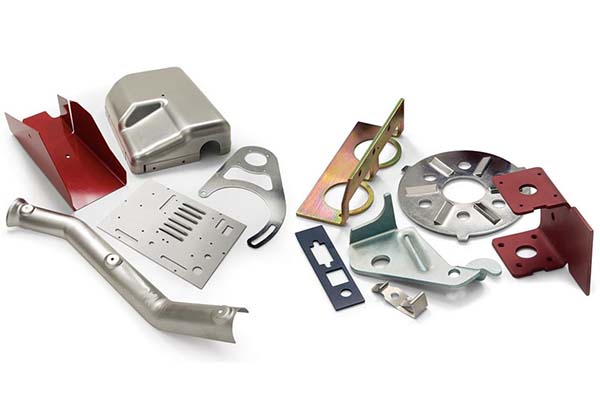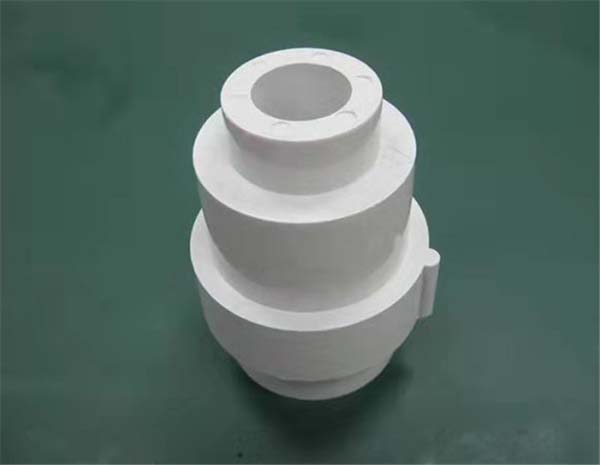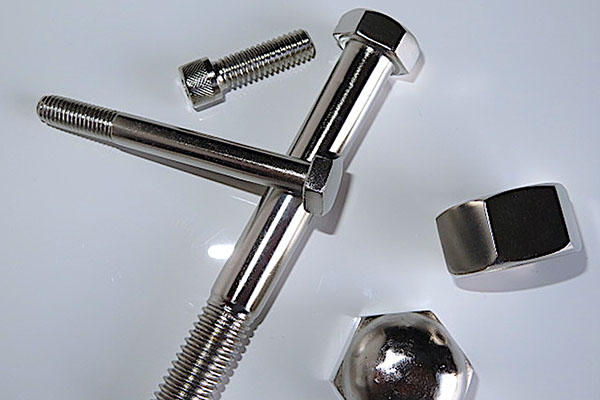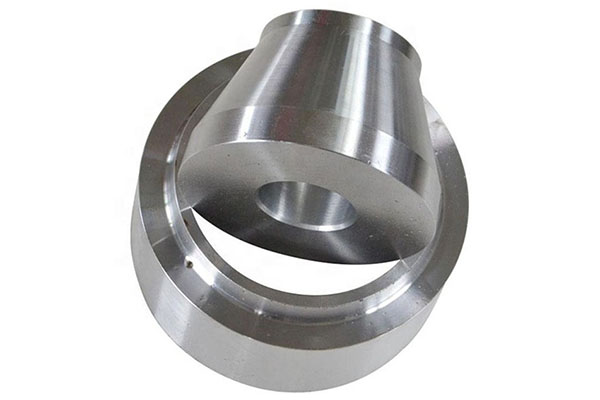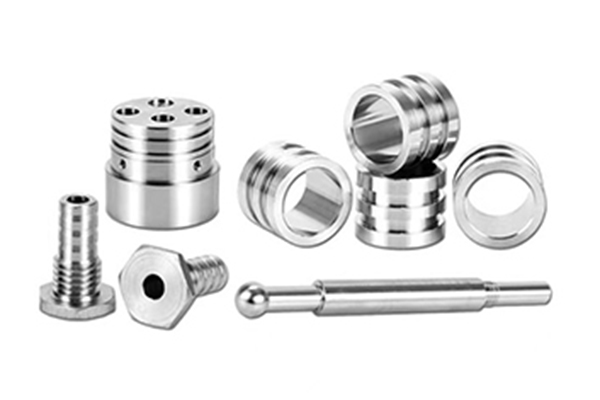If you’ve ever struggled with inconsistent forging blanks or excessive tool wear during machining, you’re not alone. Forging machining combines the strength of forged components with the precision of machining—but it requires mastering workflows, material nuances, and problem-solving. Let’s break this down step by step.
1. Understanding the Forging-to-Machining Workflow
Every successful forging machining project starts with a clear process. Think of it as building a house: you need a solid foundation (forged blank) and a blueprint (process planning).
Here’s the typical workflow, with key terms highlighted:
- Near-Net Shape Forging: Create a blank that’s 90% close to the final part (cuts material waste by 30%+ compared to traditional forging).
- Stock Allowance Setting: Leave 0.5–2mm of material for machining (critical for correcting forging variations).
- Rough Machining: Remove excess material (e.g., turning for cylindrical parts).
- Semi-Finishing: Refine key surfaces (e.g., milling for flat areas) to prepare for final steps.
- Datum Surfaces Establishment: Mark reference points for precise finish work.
- Finish Machining: Achieve tight tolerances (often ±0.005mm) with grinding or broaching.
Real Case: A flange manufacturer redesigned their workflow to use near-net shape forging and automated transfer between stations. The result? Machining time dropped from 15 minutes to 45 seconds per part, and material waste fell by 30%.
2. Why Machining Forged Components Matters (Key Benefits)
Forged parts have superior grain structure—but machining unlocks their full potential. Here’s what you gain:
| Benefit | Definition | Real-World Impact |
|---|---|---|
| Superior Grain Structure Utilization | Forging aligns metal grains, boosting strength by 20–30% vs. cast parts. | Aerospace 起落架 (landing gear) parts handle 5x more stress without failure. |
| Dimensional Accuracy | Machining corrects forging inconsistencies to meet tight specs. | Automobile crankshafts achieve ±0.01mm tolerance, reducing engine vibration. |
| Improved Surface Finish | Grinding or honing creates Ra ≤ 0.8μm surfaces. | Hydraulic valves avoid leaks, extending equipment life by 2 years. |
| Critical Feature Creation | Tapping or drilling adds precise holes/threads. | Oil and gas flanges get leak-proof threaded ports (tested to 10,000 psi). |
3. Common Challenges in Machining Forgings (and How to Fix Them)
Forgings aren’t perfect—here are the top headaches and solutions, backed by industry experience:
Challenge 1: Hard Spots & Work-Hardened Surfaces
Problem: Localized high hardness (50+ HRC) damages tools.Solution: Use carbide inserts with TiAlN coating. A rotor manufacturer switched to these tools and cut tool wear by 40%.
Challenge 2: Inconsistent Stock Allowance
Problem: Uneven material left after forging (varies by 3+ mm).Solution: Implement 3D scanning before machining. One shop reduced scrap from 15% to 3% with this step.
Challenge 3: Scale & Decarburization
Problem: Oxide layers (scale) and soft surface layers ruin finishes.Solution: Add a shot blasting step pre-machining. This removed 99% of scale for a valve manufacturer.
Challenge 4: Internal Stresses
Problem: Machining releases stress, causing warping.Solution: Use stress-relieving heat treatment (600–650°C for 2–4 hours). A titanium forging shop eliminated 80% of warping with this method.
4. Essential Machining Operations for Forgings
Not all operations work for every forging. Here’s when to use each:
- Facing/Turning: For flat or cylindrical surfaces (e.g., axle ends).
- Milling: For complex shapes (e.g., gear teeth).
- Drilling/Tapping: For holes and threads (e.g., flange ports).
- Grinding: For final surface finish (e.g., bearing races).
- Deburring: Critical for safety (e.g., removing sharp edges from automotive parts).
Pro Tip: For interrupted cuts (e.g., machining gears), use rigid tool holders to reduce vibration. A gear manufacturer increased tool life by 50% with this tweak.
5. Material & Process Considerations
The material dictates your approach. Let’s compare the most common options:
| Material | Machining Tips | Heat Treatment Needs | Fixturing Notes |
|---|---|---|---|
| Forged Steel | Use high-speed steel (HSS) tools; cut at 150–200 m/min. | Quenching & Tempering (QT) for hardness (30–45 HRC). | Use 3-jaw chucks for round parts. |
| Aluminum Forgings | Use carbide tools; cut at 300–500 m/min (fast, but avoid chatter). | Stress relieving (150–200°C) to prevent warping. | Soft jaws to avoid marring surfaces. |
| Titanium Forgings | Use cobalt (Co) alloys; cut at 20–50 m/min (slow, due to low thermal conductivity). | Normalizing (700–800°C) for grain structure. | Custom fixtures for irregular shapes (e.g., aerospace brackets). |
Case Study: A titanium aerospace part manufacturer used these tips to reduce machining time by 25% while meeting strict aviation standards.
Yigu Technology’s Perspective
Forging machining is evolving fast—precision and efficiency are non-negotiable. We see three key trends: 1) Integration of near-net shape forging with automated machining (cuts waste by 40%+); 2) AI-driven process planning (optimizes tool paths for hard-to-machine materials like titanium); 3) In-line metrology (real-time checks reduce scrap). To stay competitive, manufacturers must combine material expertise with digital tools—this is where the next leap in quality and cost savings lies.
FAQ
Q1: How much stock allowance should I leave for forging machining?
A: For steel/aluminum, 1–2mm is standard. For titanium (harder to machine), leave 2–3mm. Adjust based on forging precision (near-net shape needs less).
Q2: Can I machine a forging without heat treatment?
A: Rarely. Heat treatment (e.g., stress relieving) prevents warping. For high-strength parts, quenching & tempering is mandatory.
Q3: What tools work best for machining hard forged steel?
A: Carbide inserts with TiN or TiAlN coatings. For HRC 50+, use cubic boron nitride (CBN) tools.
Q4: How do I fix tool wear from interrupted cuts?
A: Use tools with strong edge geometry (e.g., negative rake angles) and increase coolant flow to 10–15 L/min.
